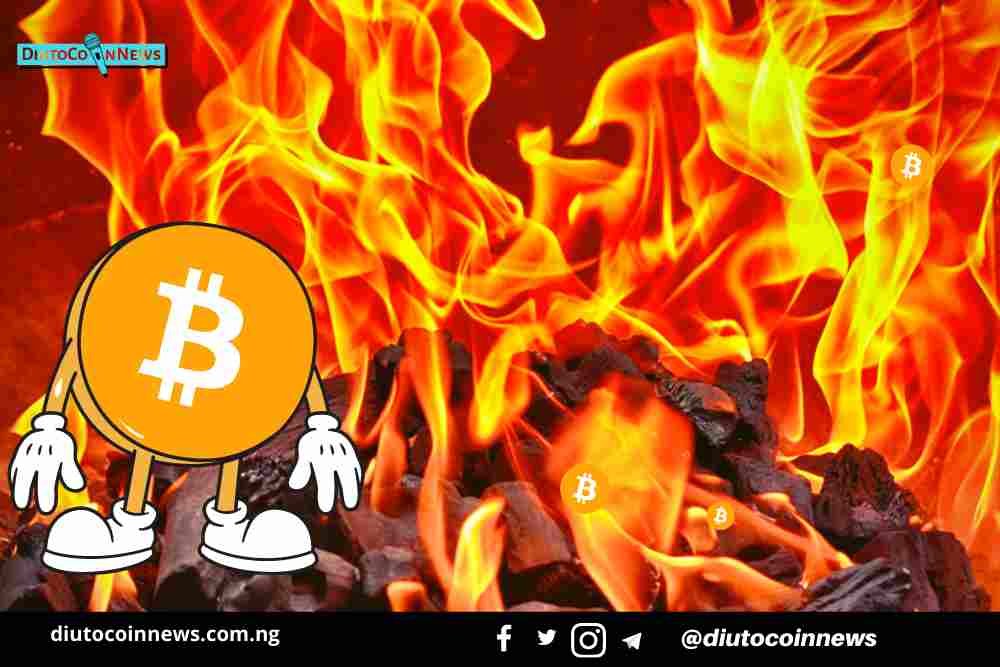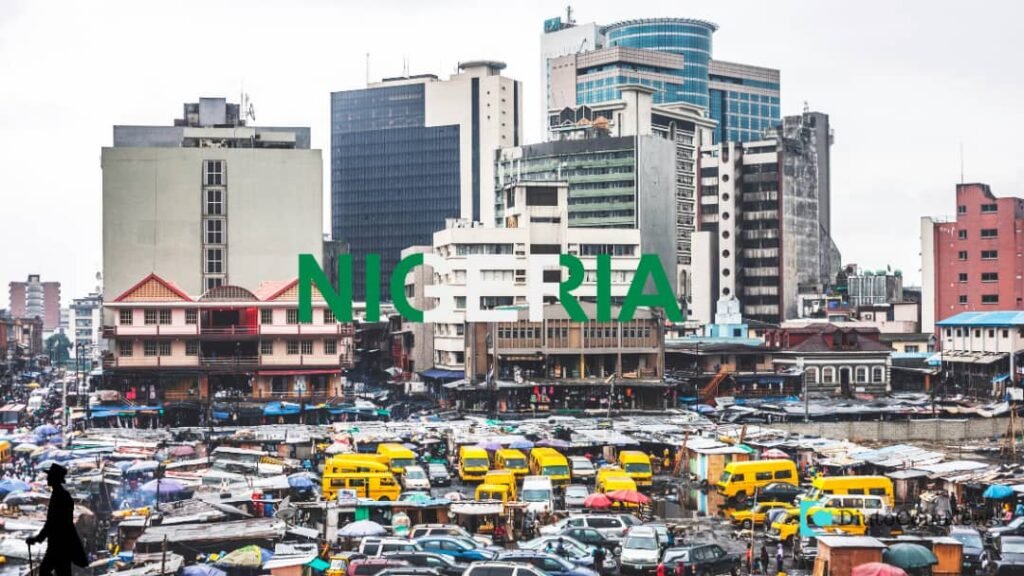Token burning? That sounds like an awfully crazy thing to do. Why would anyone BURN TOKENS? But the question should be “What does it mean to burn tokens?” and “What is the effect of such action in the long run?” This article seeks to answer these questions.
The burning of tokens is actually a conscious action by the creators of a cryptocurrency/coin/token to “burn” a specific amount of the total coin circulation. “Burning”, here, means that the particular amount of coins is being effectively removed from the total available tokens in existence and or circulation.
What is Token Burn? Simply put, token burn is the permanent removal of parts of the existing coins in a cryptocurrency’s circulation.
But you might wonder, why would the creators of a coin want to burn part of their tokens and reduce its total supply?
Now, the goal of token burn is usually to reduce the existing number of tokens.
Although the process might sound somewhat extreme, the burning of tokens does not mean they are literally being destroyed. Rather, they are being made unusable in the future.
Read Also: KYC Process in the Crypto Space.
So, how does it work?
The project’s developers repurchase and take some of the available currency out of circulation. To achieve this, the token signatures of the repurchased tokens are transferred into an “eater address”.
An eater address is an irretrievable public wallet that can be viewed but is permanently frozen. This means that its contents can be observed but any coin that enters the wallet cannot be transferred out. Sending a coin to such an address would mean they become unusable and are no longer in circulation and this achieves the goal of burning them.
In recent time, the practice of coin burn has actually become quite common in the cryptocurrency sphere with a lot of coin developers engaging in it.
Depending on the reason for the token-burning process and the overall end goal, there are different ways projects go about its execution.
Some projects perform a one-time burn shortly after their ICO in a bid to remove the unsold tokens from circulation as an incentive for those who participated in the ICO.
Quick Facts: For those who don’t know, ICO refers to “Initial Coin Offering”. This means that whatever coins were not bought during the coin offering period will cease to exist.
However, other projects may burn coins periodically at either fixed or variable intervals and volumes. This means that coin A could decide to burn 5% of its total supply bi-annually until 80% of the initial supply has been burnt. Coin B might decide that they want to burn their coin quarterly.
For instance, Binance burns its tokens (BNB) quarterly. For Binance, the volume of coins (BNB) burned at each quarter depends on the number of trades which take place on the platform in that quarter.
The goal for Binance is to ultimately attain a total of 100 million BNB tokens burned.
On the other hand, Ripple burns tokens gradually with every transaction that takes place using the tokens. Whenever parties transact using XRP, one party can set a fee to hasten the execution of the transaction and once the transaction is completed, the fees are burned by sending them to an eater address.
Also stablecoins like Tether (USDT), create tokens when they deposit funds into their reserves and then burn the equivalent amount as funds are extracted or withdrawn. This helps to mitigate inflation keeping the Stablecoin at a stable price.
To cut the long story short, you should know that regardless of the various ways in which token burning can be achieved, the consequence is usually the same: The burned tokens become unusable and effectively removed from circulation.
To answer the second question earlier posed, the major reason for burning tokens is to boost the value of each token by reducing the number in circulation.
This conception is based on the theory that having fewer coins available for sale and on exchanges would translate to a higher value for each individual token as there would be less tokens in supply as opposed to demand.
Most cryptocurrencies actually have a future fixed supply. They could start out with 50million units in circulation but with the goal of achieving a 15million total circulation.
Token burn is actually a great way of regulating the supply of the coin and making it more valuable. The logic is premised on the law of demand and supply, viz; as the quantity of coins in supply reduces while demand stays the same, price of the coin would increase.
You can buy any of the coins mentioned in this article and more on Binance. Simply open an account using this link and get started today!
Discover more from DiutoCoinNews
Subscribe to get the latest posts sent to your email.













